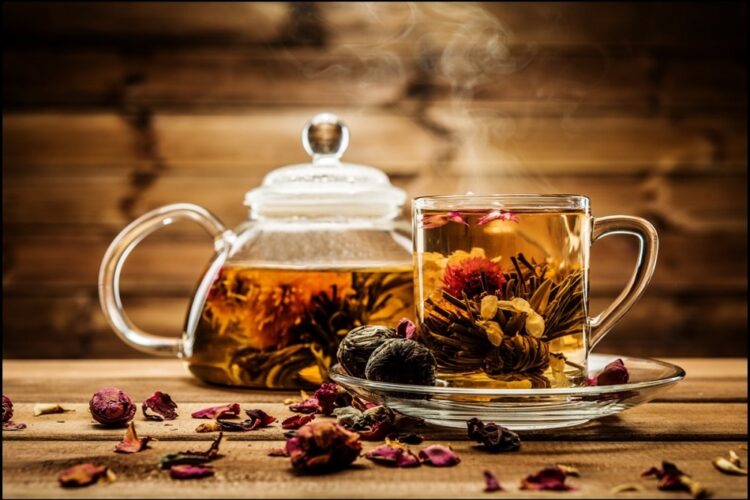In the diverse landscape of the culinary world, few beverages capture the essence of nature quite like flower tea (ชาดอกไม้, which is the term in Thai). This delicate infusion has swept through kitchens and cafes, leaving a trail of fragrant sips and enchanted palettes. But what about this blooming brew that has made them the talk of the town?
The History and Heritage
Flower teas, also known as herbal tisanes, have a storied history that spans continents. From the intricate tea ceremonies in Asia to the herbal remedies of ancient Europe, floral infusions have always been more than just a beverage. They’re an experience, a connection to nature, and a bridge between cultures.
Visual Elegance and Aroma
A spectacle for the Senses: Imagine a delicate bud blossoming in your teapot, unravelling layers of petals, revealing hidden colours, and releasing a heady fragrance. The visual drama of blooming teas or steeping dried flowers is undeniably captivating.
Health Benefits: More than Just a Pretty Brew
Flower teas aren’t just about aesthetics; they come packed with a myriad of health benefits:
- Chamomile: Known for its calming effects, it’s a bedtime favourite.
- Hibiscus: A tangy treat that’s known to be heart-healthy.
- Lavender: The go-to for relaxation and alleviating stress.
- Rose: A gentle brew that’s excellent for skin health.
The Modern Culinary Twist
In today’s culinary scene, chefs and mixologists are innovating with flower teas:
- Cocktails and Mocktails: Infused with floral notes, these beverages are a hit at parties.
- Desserts: Flower tea jelly, sorbets, and even puddings.
- Marinades: For those who enjoy a gourmet experience, flower tea-infused dishes bring a subtle depth of flavour.
Brewing the Perfect Cup
For those new to the world of flower teas, the brewing process is simple yet ritualistic:
- Choose Quality: Opt for organic, preferably hand-picked flowers.
- Water Temperature: Most flowers brew best in hot but not boiling water. Around 80°C is ideal.
- Steeping Time: Depending on the flower, anywhere from 3 to 5 minutes. Remember, overstepping might make the tea bitter.
- Savor: Enjoy the aroma before taking the first sip. Experience the flavours, note the undertones, and relish the aftertaste.
Embracing the Floral Trend
With the popularity of wellness and natural products, it’s no wonder flower teas have found their spotlight. Not only do they offer health benefits, but they also provide a multisensory experience that’s hard to match.
In a world constantly on the go, the charm of flower teas lies in their ability to make us pause, even for a moment. To appreciate the beauty, to inhale deeply, and to sip slowly. So, the next time you want to try something new or unwind, consider diving into the aromatic world of flower teas.
Because, after all, who wouldn’t want to partake in a floral feast?

